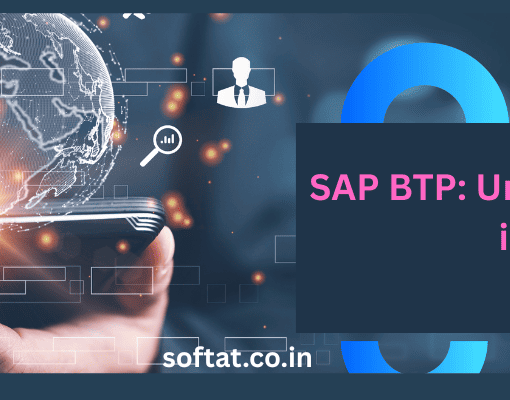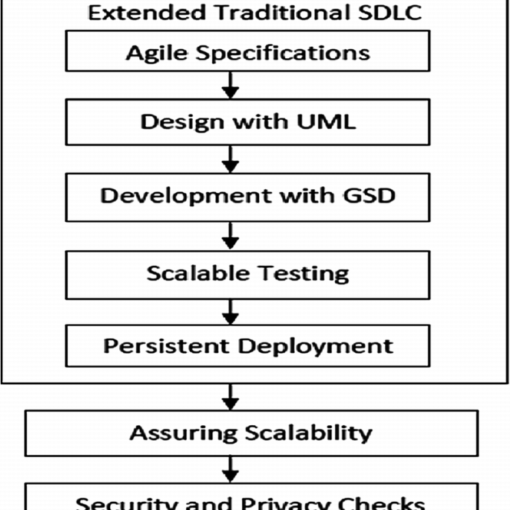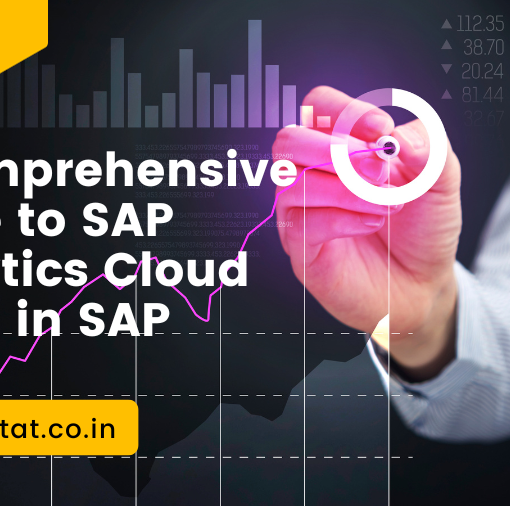Understanding the Retail Landscape

The retail industry is undergoing a digital transformation, driven by evolving customer expectations and technological advancements. Customers today demand personalized experiences, seamless interactions, and instant gratification. To stay competitive, retailers must leverage innovative solutions that enhance customer satisfaction and loyalty. SAP, a global leader in enterprise software, offers a comprehensive suite of solutions tailored to the retail industry. By implementing SAP for retail, businesses can gain a competitive edge, optimize operations, and deliver exceptional customer experiences.
The Importance of Customer Experience in Retail
Customer experience (CX) is no longer a luxury but a necessity for retail success. Satisfied customers are more likely to make repeat purchases, recommend the brand to others, and become loyal advocates. A positive CX can drive sales, increase customer lifetime value, and build brand reputation.
SAP for retail empowers businesses to create personalized customer journeys by providing a unified view of customer data. This enables retailers to understand customer preferences, behavior, and purchase history, allowing them to offer tailored recommendations and promotions.
Key Features of SAP for Retail
SAP for retail offers a wide range of functionalities to support retail operations and enhance customer experiences. Some key features include:
- Customer Relationship Management (CRM): Manage customer interactions, track sales, and analyze customer data to gain valuable insights.
- Merchandise Management: Optimize product assortment, pricing, and promotions to maximize profitability.
- Supply Chain Management (SCM): Streamline supply chain operations, improve inventory management, and ensure product availability.
- Store Operations: Manage store processes, including POS, inventory, and labor management.
- E-commerce: Create engaging online shopping experiences, integrate with physical stores, and offer seamless omnichannel capabilities.
Enhancing Customer Experience with SAP for Retail
By leveraging SAP for retail, retailers can implement strategies to enhance customer experience across various touchpoints:
- Personalized Shopping Experiences: Create tailored product recommendations, personalized offers, and targeted marketing campaigns based on customer preferences and behavior.
- Omnichannel Retail: Provide a seamless shopping experience across online, mobile, and physical stores, allowing customers to shop and return products conveniently.
- Loyalty Programs: Build strong customer relationships through loyalty programs that offer rewards, exclusive benefits, and personalized offers.
- Customer Service Excellence: Empower customer service agents with the right tools and information to resolve customer issues efficiently and effectively.
- Data-Driven Insights: Utilize customer data to identify trends, preferences, and opportunities for improvement.
Success Stories and Best Practices
Many retailers have successfully implemented SAP for retail and achieved significant improvements in customer experience. By sharing success stories and best practices, we can inspire other businesses to adopt SAP and reap the benefits.
- Case Study 1: Fashion Retailer
- Implemented SAP for retail to improve inventory management, reduce stockouts, and enhance online shopping experience.
- Achieved a 20% increase in online sales and a 15% reduction in inventory holding costs.
- Case Study 2: Grocery Store Chain
- Leveraged SAP to optimize store layout, personalize promotions, and implement a loyalty program.
- Increased customer satisfaction by 15% and boosted average transaction value by 10%.
Overcoming Challenges in SAP for Retail Implementation
Implementing SAP for retail can be a complex process. However, with careful planning, execution, and support, businesses can overcome challenges and achieve successful outcomes.
- Change Management: Address employee resistance to change and provide training to ensure a smooth transition.
- Data Integration: Integrate data from various sources to create a unified view of customers and products.
- Customization: Balance the need for customization with the benefits of standard SAP functionalities.
- IT Support: Ensure adequate IT support throughout the implementation and post-implementation phases.
Conclusion
It is a powerful tool that can transform the way retailers interact with customers. By focusing on customer experience, leveraging SAP functionalities, and overcoming implementation challenges, businesses can achieve sustainable growth and market leadership.
Invest in your team’s SAP expertise through our eLearning program and unlock the full potential of SAP for retail.




